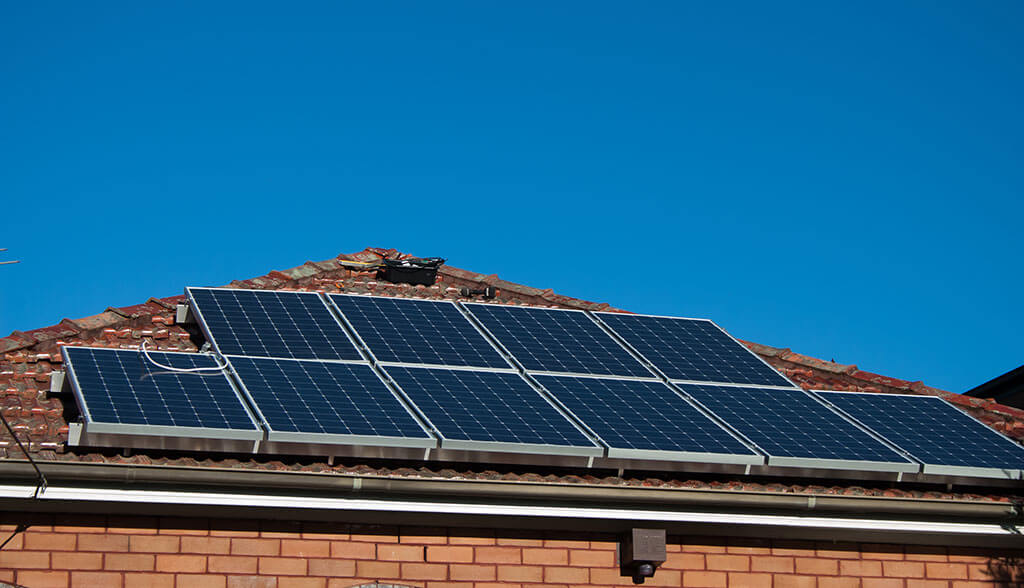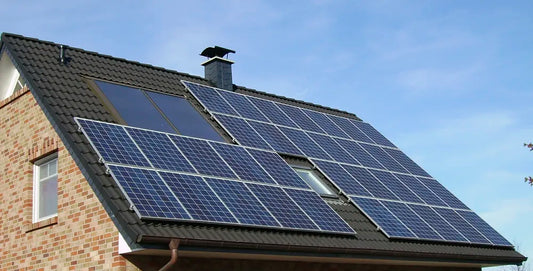
Tenant electricity models – photovoltaics for apartment buildings and tenants
Photovoltaics is no longer just an option for homeowners. Thanks to the so-called tenant electricity model, tenants and residents of multi-family homes also have the opportunity to benefit from solar energy. In this blog, we explain how the tenant electricity model works, what advantages it offers for tenants and landlords, and how it is subsidized by the government.
1. What is the tenant electricity model?
The tenant electricity model allows landlords to install photovoltaic systems on the roofs of multi-family homes and sell the generated solar power directly to tenants. The electricity is used locally rather than fed into the public grid. This offers the advantage that tenants can purchase solar power at a lower price than conventional grid power, as grid fees and electricity taxes are eliminated.
2. Benefits for tenants and landlords
- For tenants : They benefit from lower electricity prices and simultaneously contribute to climate protection without having to invest in their own photovoltaic system. Tenants are also free to choose whether they want to use tenant electricity or continue to purchase electricity from the public grid.
- For landlords : Installing photovoltaic systems allows landlords to create an additional source of income by selling the generated electricity directly to tenants. Furthermore, a photovoltaic system increases the value of the building and enhances its attractiveness to potential tenants.
3. Subsidies for tenant electricity models
The government supports tenant electricity projects with special subsidies. The electricity generated and delivered directly to tenants is subsidized with the so-called "tenant electricity surcharge." This compensation is intended to make the installation of PV systems in multi-family homes more attractive and contribute to advancing the energy transition in urban areas. The amount of the subsidy depends on the size of the photovoltaic system and the amount of electricity delivered to tenants.
4. Challenges of the tenant electricity model
Despite the advantages, there are also challenges that need to be addressed. For example, the organizational burden is greater for landlords, as they assume the role of electricity provider. Furthermore, tenants and landlords must agree on fair electricity prices that both cover the investment costs of the system and provide tenants with tangible savings.
Conclusion
The tenant electricity model offers a great opportunity to make photovoltaics accessible even in multi-family homes. With the right subsidies and well-planned implementation, both landlords and tenants can benefit from affordable, clean solar power. This model is an important step toward advancing the energy transition in urban areas and giving more people access to renewable energy.




